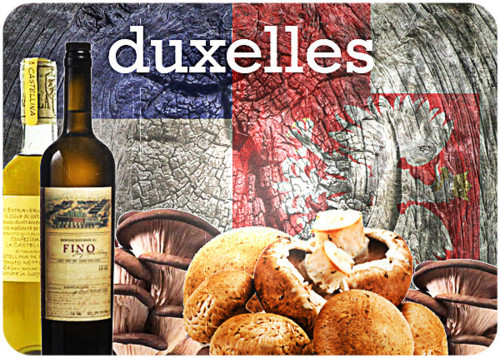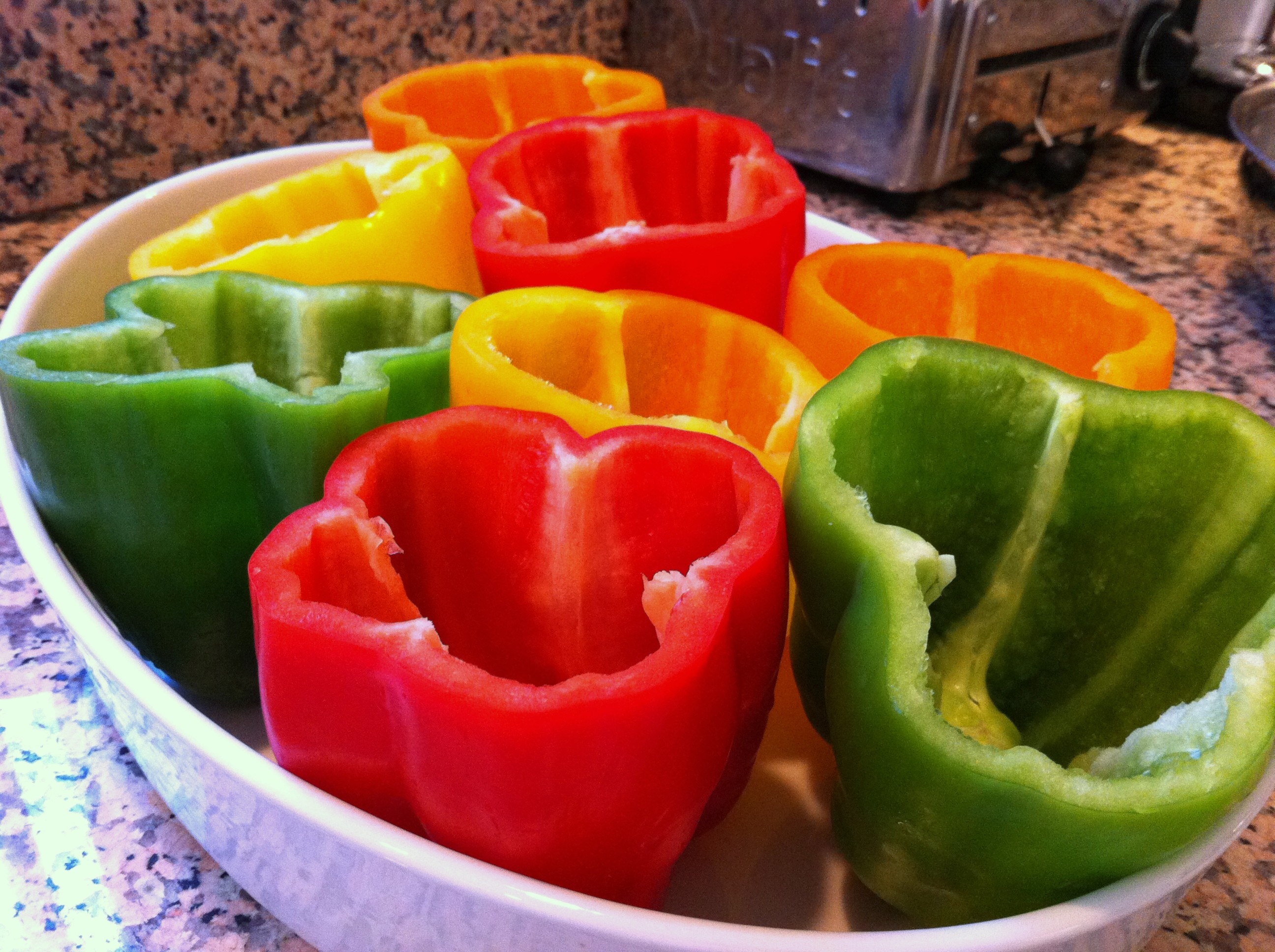
So you’re asking, What the hell are duxelles? Simple: think of chopped mushrooms cooked in butter with shallots and wine. They’re cousins to stuffed mushrooms. Some describe them as a mushroom confit. Okay, what’s a confit? Confit is a term for various foods that are coked in oil or sugar and preserved. Often they are sealed and stored for future use. The term originated in the Middle Ages when fruits were cooked and preserved in sugar. Duxelles can be cooked and stored in this way as well.
All this mishigas can be ascribed to one Pierre Francois de la Verenne. He is recognized as the first great French chef of the modern era. He was the first to codify the Franco-Italian cuisine that had evolved into la grande cuisine Francaise or classic French cooking. His cookbook, Le Cuisinier Francois, was published in 1650, and is regarded as a landmark in the history of European cuisine. He was the first to describe stuffed mushrooms and (you guessed it) duxelles. Don’t let the fancy French moniker scare you. Duxelles are very easy to make, and they are delicious when added to sauces and vegetable. They also make great fillings for omelets, fish or meat dishes.
DUXELLES
1 stick butter
2 pounds fresh mushrooms, washed, drained, and finely chopped (stems and caps included)
2 shallots, finely chopped
3 tablespoons dry sherry or Marsala wine
Salt and ground black pepper to taste
1. In a medium saucepan or skillet, melt the butter over low heat (being careful not to burn it). Add mushrooms and shallots, and cook over low heat, stirring constantly until the mushrooms give up most of their liquid. Add more butter as needed.
2. Add dry sherry and cook about 5 minutes longer until the mushrooms are black in color. You want the mushrooms to be somewhat dry but not bone dry. Season with salt and pepper. You can serve as is or store in a tight jar or container. They’ll be good for 1-2 weeks in the fridge.
Yield: About 4 cups.
Note: Italians make duxelles as little differently. If you prefer the Italian style, add 1 teaspoon of lemon juice to the shallots and mushrooms and cook 4-5 minutes over moderate heat. Add 3 ounces of diced boiled ham, cook 5 minutes more, add 1/4 cup dry Madeira wine or brandy. Stir to mix until heated through.
Caption: courtesy of 500 Tasty Sandwiches
















